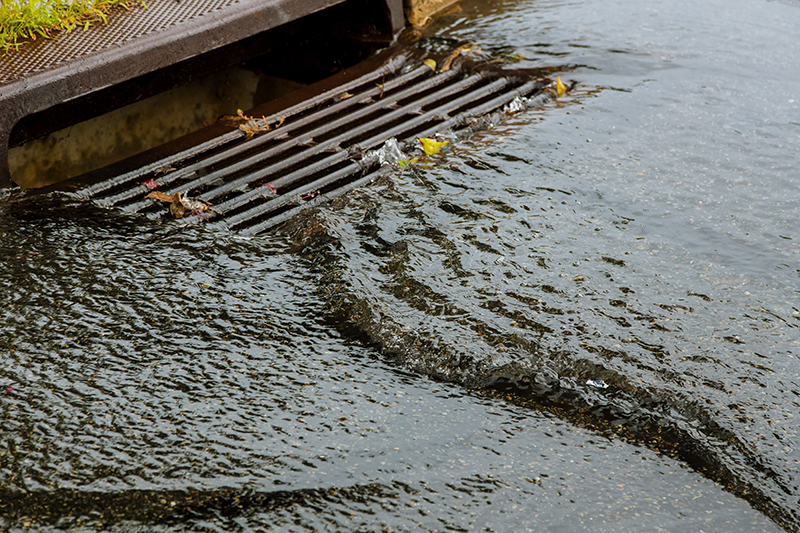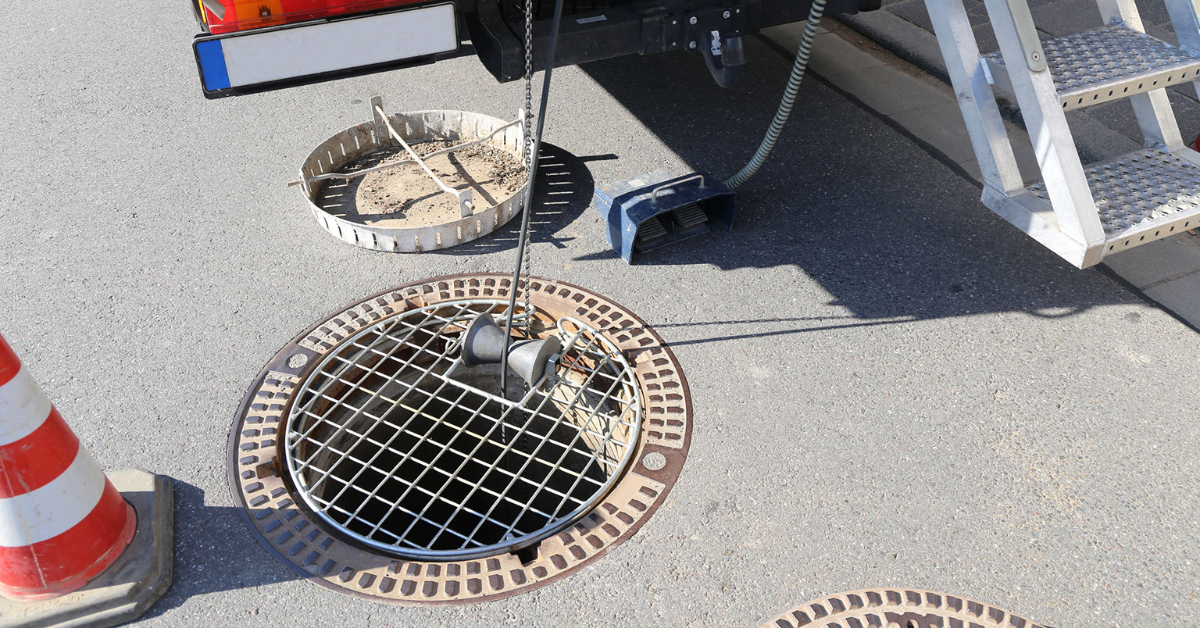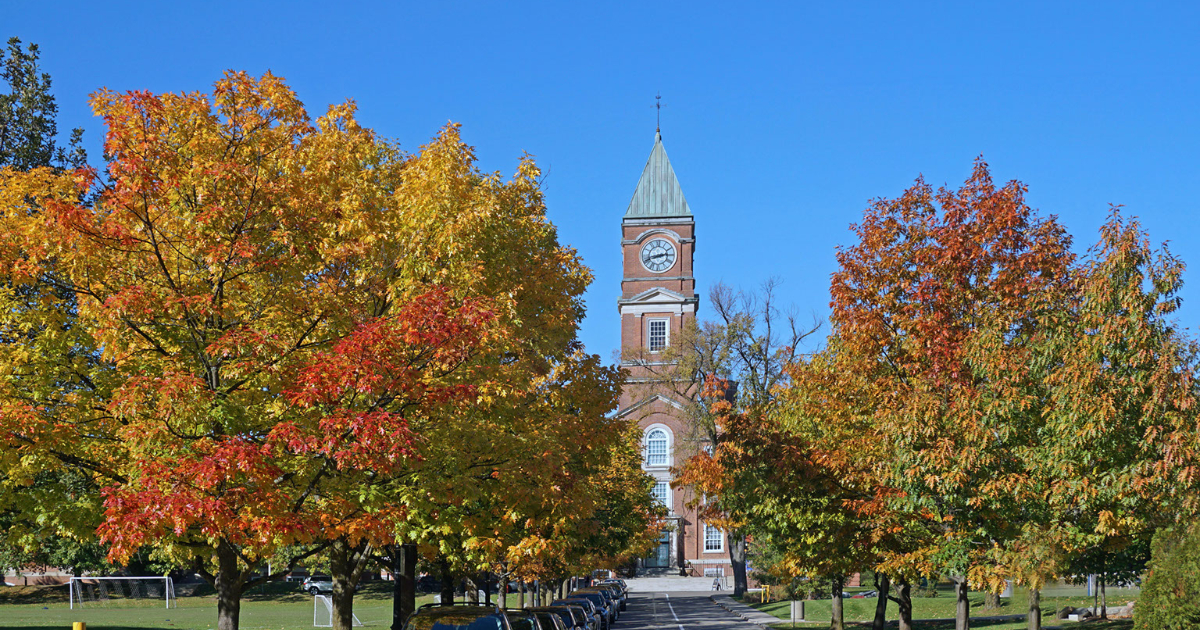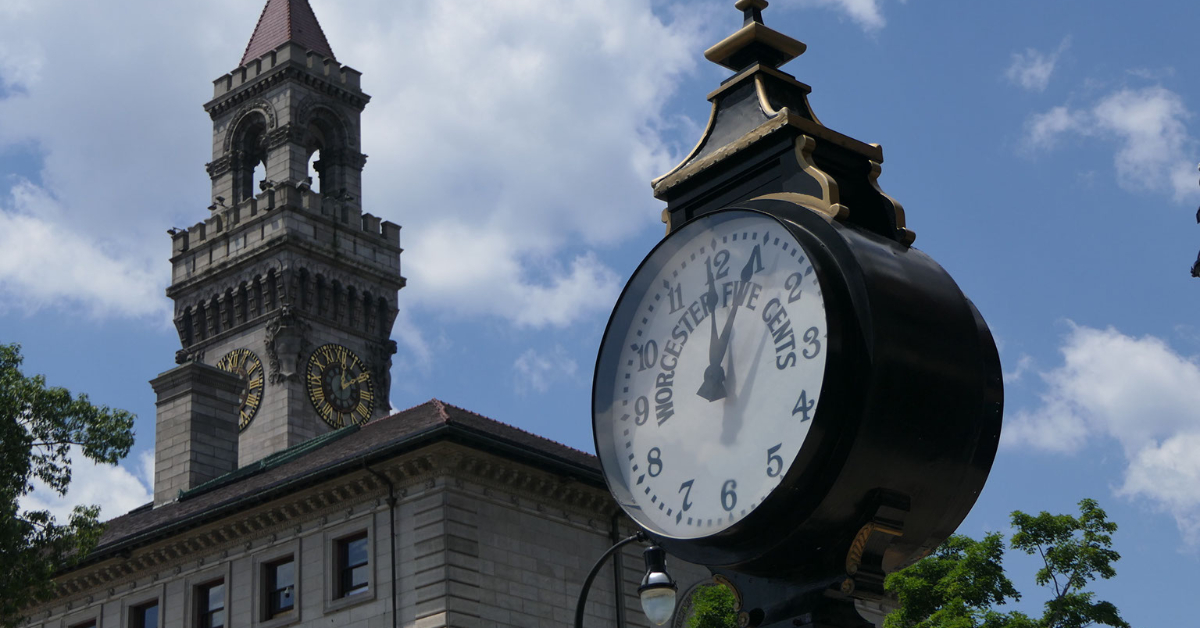
If you own or manage a property, or operate a business, you may be curious about something that most people simply do not think of. In fact, most property owners/mangers and business owners don’t usually think much about it. However, the question that remains is how are catch basins maintained? We’re glad you asked, because we’re in the business of catch basin maintenance and cleaning. For those of you who are not familiar, catch basins are basically storm sewer inlets that are placed in the ground in order to filter out debris from stormwater and snowmelt runoff.
In addition to filtering debris, such as leaves, garbage, and sand from the water, the catch basin system also has another incredibly important purpose. In essence, catch basins also disperse or direct the excessive amount of water to the areas that will not cause the streets to flood. Without catch basins, it would flood the streets, and properties located on those streets whenever a heavy rainstorm occurs. The streets would also flood without catch basins when a lot of snow melts all at once during the spring. Catch basins are usually placed next to street curbs, and or within low points of your property.
Catch basins tend to fill up with debris. That means they must be maintained on a regular basis, which brings us back to the original questions, how are catch basins maintained. Typically speaking, catch basins are maintained in the most efficient and cost effective manner by scheduling an environmental services company to both clean and inspect them. The professionals will utilize a commercial vacuum truck in order to remove all of the materials that are filling up within the catch basin. When the catch basin is located on the street, next to the curb, it may very well be the responsibility of your city or town to have it cleaned and inspected on a regular basis.
If you’re not sure who is responsible, it is always a good idea to check with your city or town’s department of public works. If the catch basin is located within the bounds of your property, like in the backyard, it is your responsibility to have it cleaned and inspected on a regular basis. If you are wondering what on a regular basis is referring to, it means that the catch basin should be cleaned and inspected at least twice per year. The best times are typically in the late fall and in the early spring. You should have your catch basins cleaned and inspected in the late fall after a long season of summer rainstorms.
You should also have your catch basins cleaned and inspected in the early spring in order to ensure that they are working properly for the massive snowmelt.
If you have any questions about proper catch basin maintenance, would like to learn more about the topic, or need to schedule service we are happy to help. Jolin Paving & Excavating, Inc. is your New England connection for a vast variety of environmentally related services. Our company has been serving Boston Massachusetts, Southern NH, VT & ME as well as Northern CT & RI since 1952. Please Contact us to learn more today. Environmental related issues occur all of the time, and can strike at any time. That is exactly why you need to have a local and reliable environmental services company at the helm and ready to go whenever you actually need them.
continue reading




